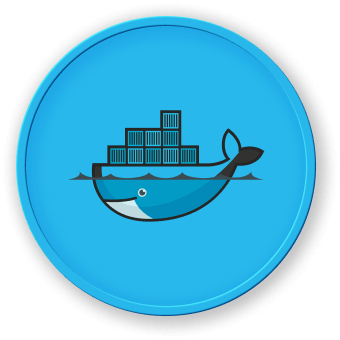Practical Applications and Use Cases
Knowing the location of the read-write layer in a Docker container can be useful in various scenarios. Here are some practical applications and use cases:
Troubleshooting and Debugging
When a container is experiencing issues, such as unexpected behavior or file system-related problems, accessing the read-write layer can help you investigate the root cause. You can mount the read-write layer directory and explore the container's file system to identify and resolve the issue.
## Mount the read-write layer directory
sudo mount -t overlay overlay -o lowerdir=/var/lib/docker/overlay2/3a45c3ab12ab/diff,upperdir=/var/lib/docker/overlay2/3a45c3ab12ab/diff,workdir=/var/lib/docker/overlay2/3a45c3ab12ab/work /mnt
Data Backup and Restoration
The read-write layer contains all the changes made to the container's file system during its lifetime. By backing up this layer, you can preserve important data and restore it if necessary. This can be particularly useful for stateful applications running in containers.
## Create a tar archive of the read-write layer
sudo tar -czf container_data.tar.gz /var/lib/docker/overlay2/3a45c3ab12ab/diff
Container Maintenance and Optimization
Monitoring the growth of the read-write layer can help you identify containers that are consuming excessive disk space. This information can be used to optimize container usage, such as by regularly pruning unused containers or implementing storage management strategies.
## Check the size of the read-write layer
du -sh /var/lib/docker/overlay2/3a45c3ab12ab/diff
Advanced Container Workflows
Understanding the read-write layer location can enable more advanced container workflows, such as:
- Migrating containers between hosts by copying the read-write layer
- Performing in-place container updates by modifying the read-write layer
- Implementing custom backup and restore mechanisms for container data
By leveraging the knowledge of the read-write layer location, LabEx users can unlock a wide range of possibilities for managing and optimizing their Docker-based applications.




